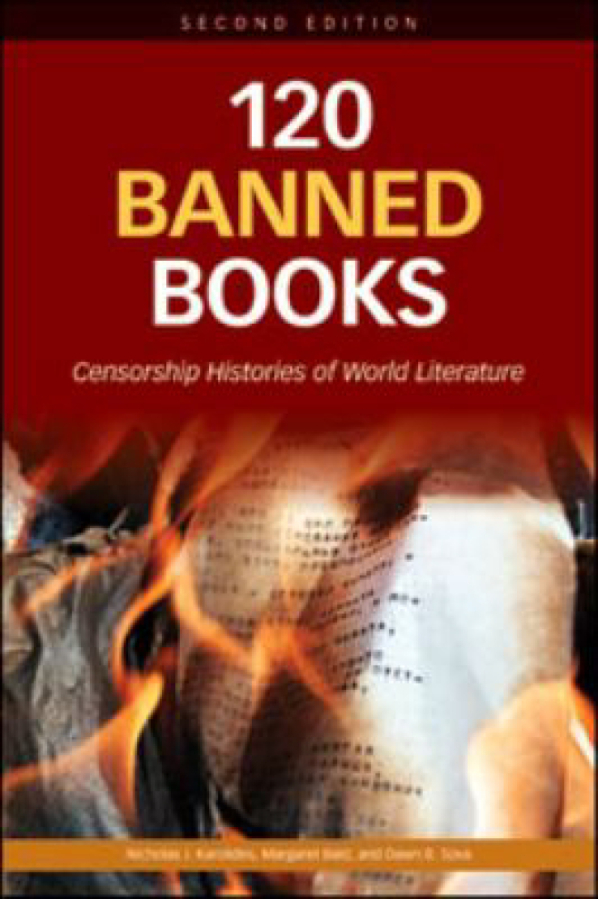Sept.25 – Oct. 1 is Banned Books Week. Started in 1982 by librarian and First Amendment activist Judith Krug, this annual event celebrates the freedom to read. Libraries have long embraced this awareness campaign because it not only promotes the rights of individuals to read whatever they choose, it affords an opportunity to highlight banned or challenged titles. According to the American Library Association, Banned Books Week “stresses the importance of ensuring the availability of those unorthodox or unpopular viewpoints to all who wish to read them.”
Reviewing a list of banned books is always an eye-opening experience. What some readers consider “unorthodox or unpopular” may be quite surprising: The Bible, “Uncle Tom’s Cabin,” “Gorillas in the Mist,” and “The Kite Runner,” to name just a few. Some titles stirred up controversy at the time of publication but have become more accepted over the years, such as “Lady Chatterley’s Lover.” Even hugely popular books such as the Harry Potter series have received challenges and requests for removal from libraries, proving that best-seller status and worldwide popularity do not protect the written word from potential censorship.
If you’re curious about which books have been “banned, suppressed, and censored because of political, religious, sexual, and social reasons,” spend some time reading this week’s book, “120 Banned Books.” Sadly, many more than that have received challenges, but 120 titles are more than enough to provide a solid view into the world of censorship.
Divided into the four categories listed above — political grounds, religious grounds, sexual grounds, and social grounds — readers can forge their way through all 120 of the censored titles, or one can pick a favorite title from the Contents page, and fly directly to the censorship history of a specific work. Each entry also provides bibliographic detail — original dates and places of publication, publisher information, etc. — and a summary of the book’s contents.



